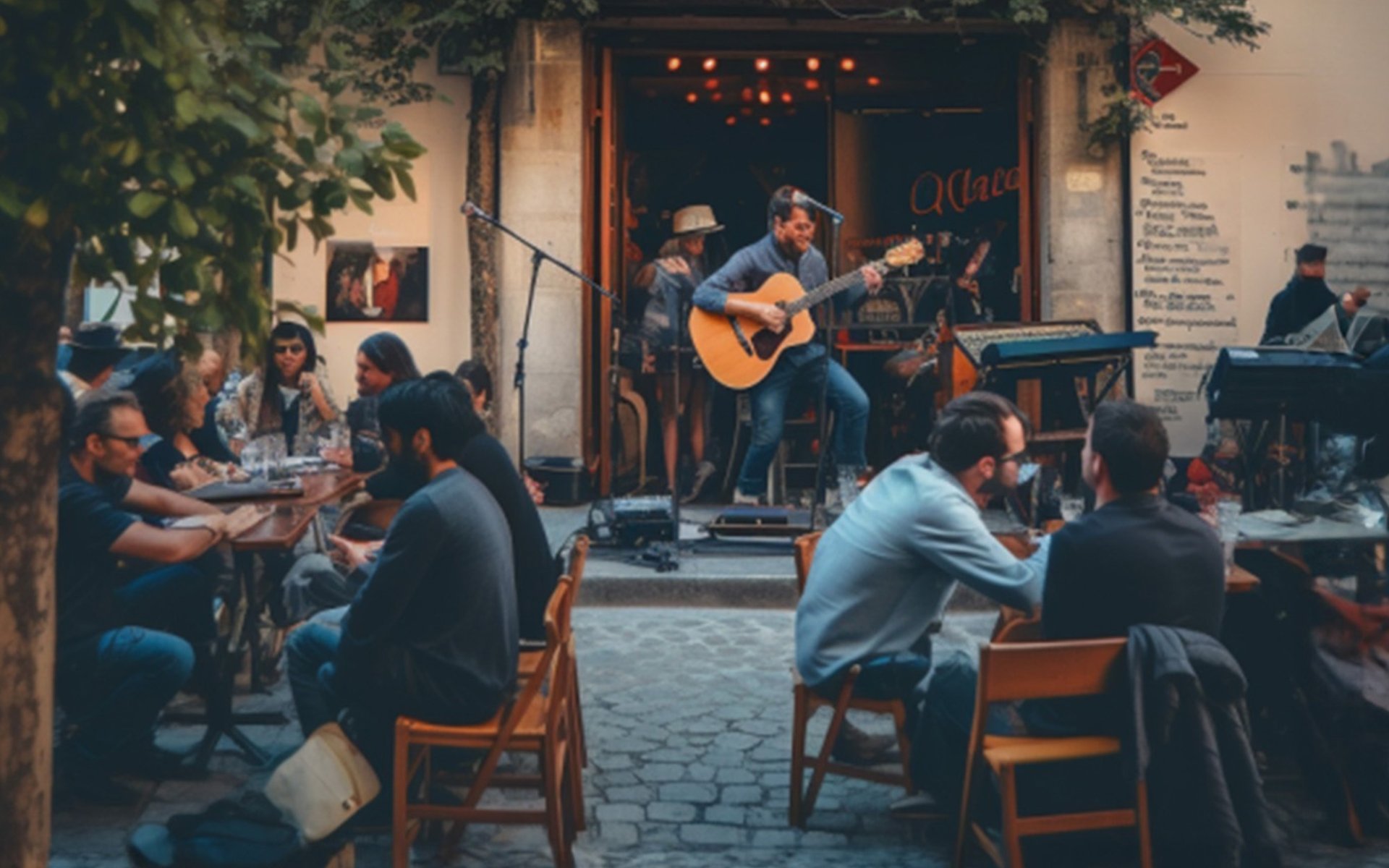The Symphony of Taste

Have you ever wondered how the influence of music affects our perception of taste? Often, when we dine out, restaurants play different types of music, tailored to their brand's style and ambience. Many might not realize that the right music, fitting the atmosphere, can make the food we eat taste significantly better. Conversely, if the music played is unsuitable, the food might not be as enjoyable.
Music: A Key Variable in the Dining Experience
The influence of music on our perception of food taste is a well-researched phenomenon. These studies not only reveal that music impacts taste but also affect eating pace, as well as food and beverage choices.
"The right music makes for the right ambience" perfectly summarizes how music profoundly influences our dining experience and food choices. For instance, research on the influence of music on wine purchasing decisions by Adrian C., David J. Hargreaves, and Jennifer McKendrick found that playing French music in an English supermarket significantly increased the sales of French wines. Additionally, a study by Areni, C.S., and Kim revealed that playing classical music in a wine store was associated with perceived quality and sophistication, leading customers to spend more.
Another interesting study by Zellner, Debra et al., conducted in a university cafeteria in the USA, found that playing Spanish music led students to choose Paella more often than Italian dishes, clearly demonstrating music's influence on food selection.
Furthermore, research on music and taste by Klemens Knöferle & Charles Spence, published in 2012, showed that high-pitched sounds correlate with sweet and sour tastes, while low-pitched sounds are associated with bitter and savory flavors. This is why certain music is specifically composed to enhance the taste of food (often referred to as Sonic Seasoning).
Moreover, a study by Ronald E. Milliman, published in the Chicago Journals, observed customer behavior in a restaurant over 8 weeks. It found that if slow-tempo music was played, customers stayed in the restaurant for an average of 29 minutes. However, with faster-tempo music, customers stayed for an average of 27 minutes. This suggests that slower music encourages a slower eating pace, while faster music prompts faster consumption.
Factors Related to Music and Food Taste
The influence of music on food perception involves several interconnected factors
- Emotional State: Music can directly affect our emotional state, which in turn influences our perception of food taste. For example, if we are listening to uplifting music, we might find the food more appetizing.
- Tempo of Music: The tempo of music influences our eating pace. Faster music can stimulate quicker consumption, whereas slower music encourages relaxation, allowing us to eat more slowly and savor the flavors of our food more fully.
- Pitch of Music: The pitch of music also impacts taste perception. High pitches might enhance the perception of sweet and sour tastes, while lower pitches could amplify bitter or savory flavors.
- Context of Music Playback: The context or our past experiences with specific music plays a crucial role in dining. For instance, if a particular song was associated with a positive dining experience, hearing that song again might trigger pleasant taste memories.
- Personal Preference: Individuals have unique preferences when it comes to music, and these preferences significantly affect their enjoyment of food. If one is enjoying a meal but the restaurant plays music that doesn't align with their taste, the overall dining pleasure might diminish.


